Ardeth 7 / EUROPE. Architecture, Infrastructure, Territory
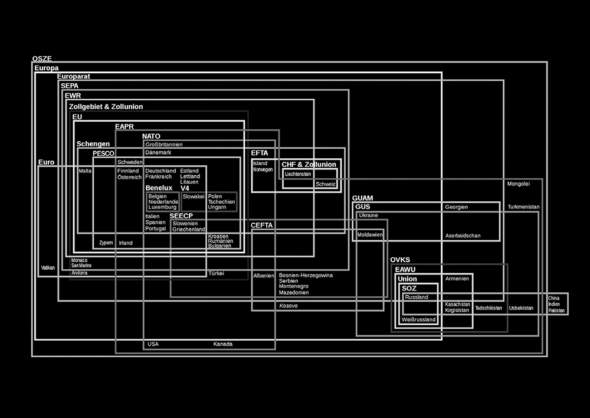
Call
Theme Editor: Jörg H. Gleiter
“Change is avalanching upon our heads and most people are grotesquely unprepared to cope with it” argued the futurist Alvin Toffler in his famous book Future Shock (1970). Just like Paul Klee’s angel of history, present-day architecture appears to be incapable of accepting/enduring/absorbing change. Furthermore, it is no longer able to assert itself as a component of culture which serves a functional purpose. What are, if any, the active components of culture in the present process of reconceptualization and restructuring of the European project that purposely revolve around spatial features? Looking back at the past 30 years after the fall of the Berlin wall in 1989, the following question arises: what role has architecture fulfilled? Did it effectively contribute to the construction of a united Europe? After all, the great virtue of the architectural project lies in its ability to combine the political with the aesthetic, the rational with the emotional, and the local with the national. A consequence of postmodernity was the desire to separate the political and the aesthetic realms; might this legacy be preventing architectural projects from actively engaging in the political process of Europe?
Architecture as project has always been essential in the process of imbuing a building with identity at the regional or national level and beyond. We must also recognize the role that architecture, design, and the arts played in the identification and political stabilization processes from classicism to colonialism. Similarly, in the period following World War II, it was modern architecture that exerted a strong unifying effect on the European landscape. In all of its historic variations (including the postmodern, regardless of its centripetal forces), architecture has had a homogenizing effect.
Conversely, the definitive trait of today’s design of space seems to be its divisive power. Consider the various barriers that cut through the continent throughout its history. Bygone examples are the Berlin Wall or the Iron Curtain; more tangible examples include the highways separating the Parisian banlieues and the invisible though latently explosive border between Ireland and North-Ireland. Furthermore, recognize the barriers of the various national legislations that crisscross Europe and prevent it from growing cohesively.
Recently, cracks in this lattice have begun to appear, as evidenced by occurrences such as the terrorist crisis that resulted in the installation of concrete barriers in the pedestrian zones of European cities, the widespread use of wind power stations in response to the energy crisis, and the migration crisis which has led to the rise of new fences, watchtowers and physical and virtual checkpoints. While in some locations border fortifications were improved, in other parts of the continent, work continues on huge infrastructure projects. However, in the name of preservation of local identity and ecosystems, resistance against these projects is fierce. A prominent current debate is the quarrel surrounding the design of the high-speed train line connecting West to East Europe, in which the controversies related to the implementation of the Lyon-Turin section inflamed the Italian and regional political debate.
Despite the successful reconstruction efforts after 1945 and 1989, the European project still remains unfinished in the sense of Jürgen Habermas’ famous essay Modernity – the Unfinished Project. Written in 1980, the essay was intended to refute the postmodern notion of the end of the great narrative, the end of history, and the end of utopia. Disconcertingly, the rhetoric of “chiliasm” or the “doomsday mood” still lingers in the minds of architects, landscape architects, and urbanists today. The late 20th century’s discrediting of utopian thinking seems to be one of the causes for today’s deadlock in architecture.
Programmatically, technologically, historically, administratively, and conceptually, the call for papers Europe. Architecture, Infrastructure, Territory poses the question of architecture’s role and influence in the European project. Architecture as a symbolic form (see Cassirer and Bourdieu) and as a social force are mutually dependent concepts. If one side of this dichotomy fails to perform its function, the other is necessarily doomed to fail.
ARDETH invites practitioners, philosophers, sociologists, scholars of various fields and design practices to share their ideas on architecture’s multifarious and contradictory contributions to the European project. Concerning the concepts of city and countryside, technology and low tech, legislation and politics, energy efficiency, and diversity, Ardeth is seeking contributions which address the following questions:
1. What kind of spatial and territorial strategies push ahead the European project? Considering the prevalence of borders, fences, and firewalls throughout Europe, how must the relation between periphery and center, city and countryside, and the local and regional be revised?
2. How (if at all) can architectural projects regain their position as a driving force for the design of future European concepts? After its fall from grace in the 1970s, do we need to return to a utopian mode of thinking? Here, historical retrospectives and/or social and spatial analyses about realized and imagined utopias in Europe are welcome.
3. Can the architecture project be an amalgamating power relative to the centripetal forces of society? What are the spatial, territorial and material strategies which could secure architecture’s role as the most integral cultural technique which shapes our lives?
4. Is there anything like a specific profile of the European architect? Ardeth appreciates contributions with references to socioeconomic surveys or historical recognitions and professional profiling and its evolution around Europe.
5. How can technologies that most professionals conform to (such as BIM, parametric design strategies, AI systems application to design and spatial survey, etc.) further the notion of an ongoing reconceptualization and restructuring of Europe?
Submission guidelines
Articles should be written in standard English or Italian. Only original work will be considered for publication, i.e. outcomes of research con- ducted by the author/s which have not yet been published anywhere else and are not currently under review by any other journal.
Ardeth accepts manuscripts in different submission types. Submitted Manuscripts and Solicited Manuscripts are primarily text based (length 3,500÷4,500 words including notes, captions, and references). Essays should be grounded in relevant discourse, offer an original and critical contribution of a theoretical or a more empirical nature, and be support- ed by appropriate visual apparatus. Visual Essays are primarily image/ scheme/diagram based and Images have an argumentative and not illustrative nature.
Deadline: March 31, 2020
Submitted Manuscripts, Solicited Manuscripts and Visual Essays undergo a process of double-blind peer review prior to acceptance for publication.
All contributions should be sent to the Editorial Board specifying the call for papers the manuscript answers to (i.e. Ardeth #7_Europe): redazione@ardeth.eu
Download the official call here
Detailed guidelines are available on the magazine website: www.ardeth.eu
Related Posts
Questo sito usa Akismet per ridurre lo spam. Scopri come i tuoi dati vengono elaborati.

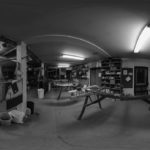
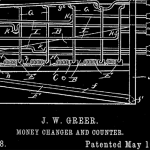

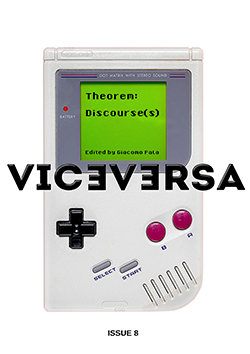
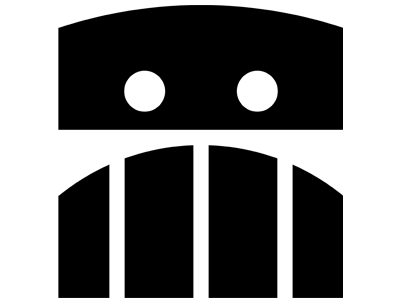

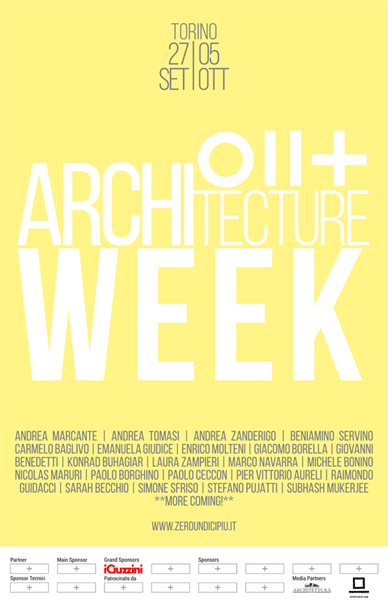
Lascia un commento